BUYING A VS2, G DIAMOND? THINK AGAIN!!!
VS2, G DIAMONDS CAN CHANGE PRICE DRASTICALLY... HERE'S WHY!
This post contains affiliate links. If you use these links to buy something I may earn a commission. Thanks! As an Amazon Associate I also earn from qualifying purchases.
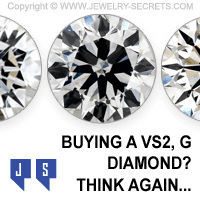
Because not all VS2 diamonds are alike.
And I’m using VS2 as an example, when the reality is, this could pertain to any quality of diamond you’re searching for: SI1, E; VVS1, D; I1, J; any clarity, any color. But for this post, I’ll be showing you one clarity and one color to keep things simple. So VS2, G it is (which is a very common diamond quality to shop for).
Many people concentrate on these two characteristics only. Carat weight matters, sure, but one carat is one carat, right?. And the cut is round (again, using the common brilliant cut diamond as an example; the best selling shape for any engagement ring).
So when people come into the store, they’ll say something like “I’d like to see a VS2, G diamond please.“
And right away, I know they are comparing prices. Of course.
So I’ll pull out a diamond quality with VS2, G specifications…
And before I can start talking about the stone, the features, the certificate, the customer will often stop me and say, “What’s the price?“
In their mind, our price of a VS2, G diamond should be close to what they’ve already found. And if it’s higher, then we’re ripping them off. I’ve actually had a customer say that. As soon as I said the price, she turned quickly and stormed out the door saying, “This store is a rip off!“
So to many, the price of a VS2, G only pertains to the clarity and color. And nothing else.
This is so untrue…
And misleading. The customer will probably end up buying a much lower quality stone, all because it’s cheaper somewhere else. Not knowing why it’s cheaper, but often getting a stone that’s shallow, has little brilliance and sparkle, and may even chip or break easier.
Have I caught your attention?
To zero in on what I’m talking about, look at the diamonds below. ALL of them are the exact same clarity, color, and carat weight (1.00 on the dot).
VS2, G Diamonds:

(All prices current the day of this post from James Allen Here).
Look at those prices!
Not only do VS2 diamonds with G color have a dramatic price difference, but they also all look different to the eye. Some are light, dark, some even look like they have a yellow body tone to them. And, because of the different specs, some of the cheaper diamonds tend to look better than some of the more expensive ones. It’s because all diamonds are different, face up different, and may look better or worse having nothing to do with price.
So comparing just VS2, G, and nothing else but price, will get you so many variations that your head will spin. These are just a few examples, but in reality, there are thousands of diamonds that fit the VS2, G qualification. So comparing prices around town for color and clarity will not only confuse you, but not get you the best diamond either. Unless you’re lucky.
The price of a diamond is determined by:
Now this is where things get fun. You see, the price of a diamond is determined by many factors that make up a diamond:
- Diamond Carat Weight
- Diamond Cut (one of the biggest factors)
- Diamond Symmetry
- Diamond Polish
- Diamond Fluorescence
- Visual Appearance
See the GIA certificate below:
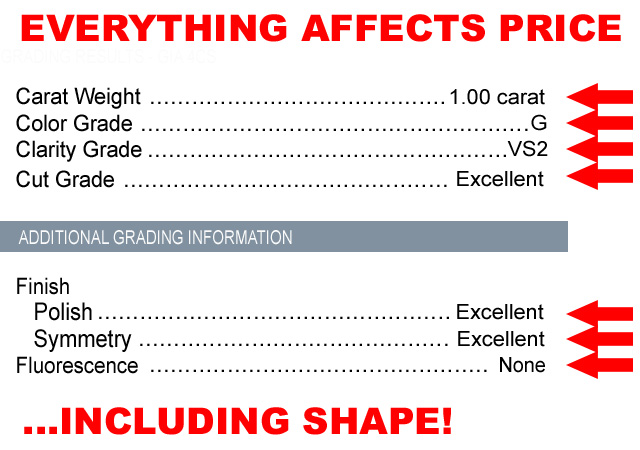
The variations of the different grades of everything else, is not only why the prices differences in the diamonds above, but also their appearance (which, as you can see, plays a major difference too). It’s night and day with some of them. If you actually compared these stones side by side, it would probably change your mind about only shopping for price, clarity and color.
If price is your only real objective, that’s fine. But make sure you set a budget, and then shop and compare as many stones as you can, so you can see all of the differences, and pick a diamond that has tons of brilliance, sparkle, fire, and scintillation… In other words, one that shines like a thousand stars in the sky, and brings a glimmer to your eye.
Look at the certificates, compare the grades in symmetry (how evenly proportioned your facets are). Look at polish (making sure the surface is smooth and clean, and not wavy or ridden with grain lines). Double check the fluorescence, something very few stores even mention, but could play a huge, huge role in how your diamond looks. You could have the best quality diamond in the world, but if it has strong fluorescence, it could appear hazy, foggy, or cloudy. It’s important to read the certificates, and see what you really are buying. That way you can compare everything, and see why there is such a huge difference in price. Not just make hasty judgements with no evidence at all.
Lastly, Carat Weight does matter!
Going back to what I said earlier about carat weight, a one carat is a one carat, right? NO! It’s not. One carat diamonds can have a lee-way of 7 points one way or the other and still be called a one carat. Meaning, diamonds from .93 points, all the way up to 1.07 points are considered one carats. This is because of the way diamonds are cut. And if they have to cut out an inclusion to make the diamond higher quality, they will often sacrifice carat weight. A couple of points doesn’t really make a visual difference, but it may when comparing one carat diamonds.
For example:
The price of a .93 VS2, G diamond is: $3,760
And the price of a 1.07 VS2, G diamond is: 4,640
So not only try to compare apples to apples, but carats to carats as well.
This not only goes for 1 carats, but for any carat weight you’re shopping for. If you want a half carat (.50 pts)… You could be given a .43 point diamond instead. So if you really want a true half carat, check the actual carat weight of the stone on the paperwork.
This is easy to do with some online diamond vendors like James Allen, and Blue Nile. They list every single aspect of their diamonds, and allow you to search for every single aspect as well. That way you can compare exact diamonds and quality.
But other places are more reserved (lacking) when it comes to matching stones. Some jewelers online will tell you almost nothing about the diamond in general, and only give you color and clarity (which is probably why some people only ask for only that). But then, some jewelry stores will also give you a quality range, which I totally dislike. They won’t say the diamond is a VS2, G. They’ll list it as something like: VS2-SI2 clarity, and G-J color. This means, the diamond you buy could be any quality in that range. So you could be thinking you’re buying a VS2, G, and you’ll end up getting an SI2, J. That’s not good at all. SI2, J diamonds are about half the price of a VS2, G. Plus, they could be selling you a .93 point diamond as well… OUCH!
So compare EVERYTHING!
Buy your diamond loose, certified by GIA (if you can), and compare all the aspects to really see who is giving you a good deal, and who is ripping you off. After you buy the loose center stone, then have it mounted into the setting of your choice.
Because a carat is not always a carat. And quality does matter. And also be aware of comparing round diamonds to round diamonds… Because all the other shape of diamonds (called fancy cuts), like princess cut, pear cut, cushion cut, radiant… are usually cheaper in price (when comparing exact same diamond quality).
View the diamonds. Look at the inclusions. Compare the certificates. Shop wisely. You’ll never regret it. Ever!
See VS2, G Diamonds here at James Allen.
Cheers! :)


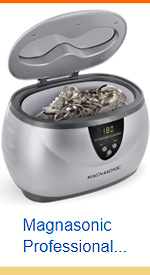

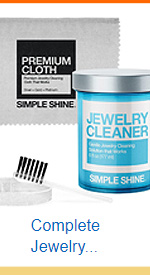
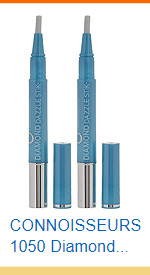
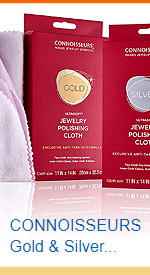
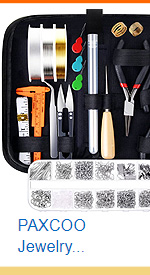
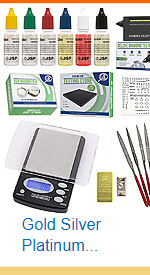
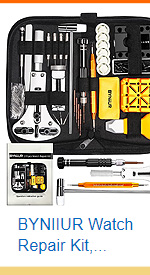
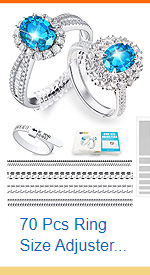
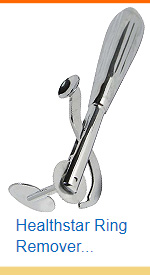
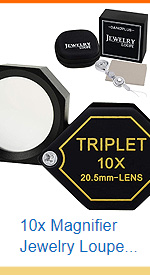
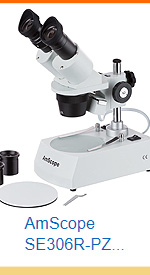




Leave a comment